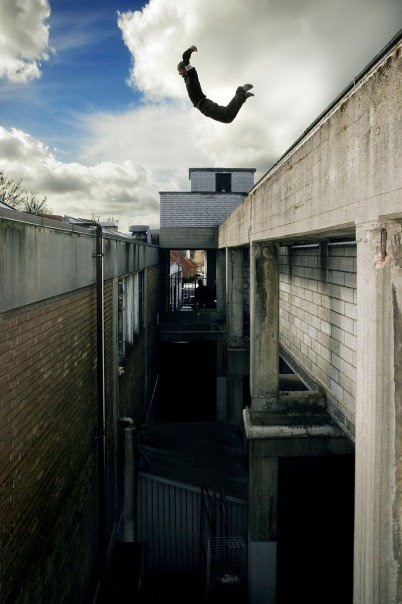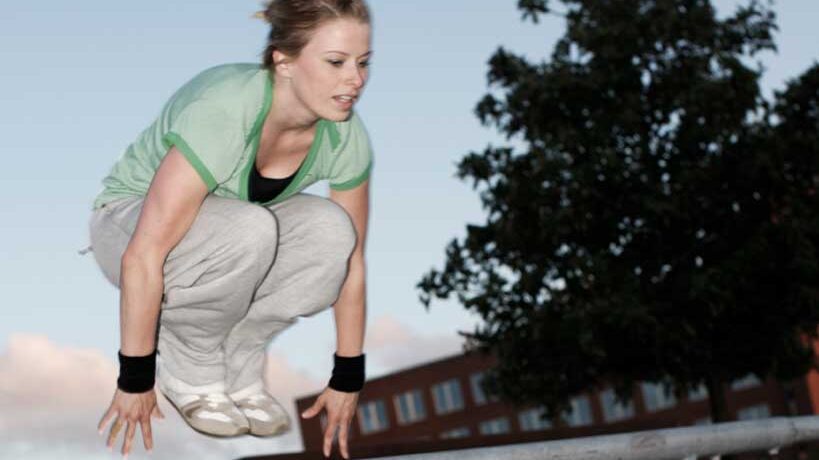What is parkour?
Parkour - a brief introduction

From the French suburbs to the world!
Parkour is a movement art that has gained popularity around the world in the last few decades.
Originally developed in France in the 1980s by Raymon Belle and his son David Belle and a number of other practitioners, parkour involves a combination of physical exercises and mental challenges to move efficiently and quickly through any given obstacle in the environment
Parkour was originally developed in the 1980s in France by Raymond Belle and later his son David Belle and his friends, who were inspired by a range of disciplines including military training, gymnastics, and martial arts.
David Belle and his team from the group "Yamakasi" began training and experimenting with different movements and techniques to overcome obstacles and prevent themselves from getting trapped while playing and having fun in the urban environment..
Parkour's philosophy is based on the idea of overcoming obstacles and challenges, both physical and mental, and developing one's physical and mental abilities to move efficiently through the environment. This also involves building strength, flexibility and body awareness through training and practice.
Techniques and training methods
Parkour involves a series of basic techniques and movements that are designed to help practitioners overcome any obstacle they face. These techniques include
- Vault: To jump and push off a surface to get over an obstacle, such as a wall or fence.
- Precision: Jump from one surface to another with precision and accuracy.
- Wall-runs: Run and jump up a wall to reach a higher surface.
- Tic-tac: Use a wall or other surface to jump and leap from to reach higher heights and overcome obstacles.
- Drops: To jump from a height to the ground or a lower object and land safely.
Parkour training focuses on developing these techniques and movements through repetitive exercises and training sessions. Training can be performed in a variety of locations and terrains, including urban environments, parks, sports facilities and gyms. Training can also include strength training and flexibility exercises to build muscle and improve body control and mobility.
Mental and physical benefits
Parkour has a number of mental and physical benefits that make it an attractive sport and movement art for many. Some of the main benefits include:
Strengthening the body: Parkour involves a series of physical exercises and movements that can help build strength, muscle mass and body control. This can lead to improved fitness and overall physical health.
Improving coordination and balance: Parkour requires a high degree of coordination and balance as athletes must navigate through different terrains and overcome obstacles in a safe and efficient manner. This can help to improve balance and coordination skills in general.
Mental empowerment: Parkour requires a high degree of mental focus and courage, as athletes often face challenges and obstacles that can be challenging or dangerous if the proper precautions are not taken.
Through training and practice, athletes can build mental strength and confidence that can be transferred to other areas of their lives.Challenging boundaries: Parkour is all about overcoming boundaries and challenging yourself in different ways. This can be a great way to expand your personal boundaries and explore your potential.
Community and collaboration: Parkour training and practice can also lead to a strong sense of community and collaboration among athletes, as they often train and explore together. This can be a great way to build relationships and support each other in a challenging sport/movement form.
